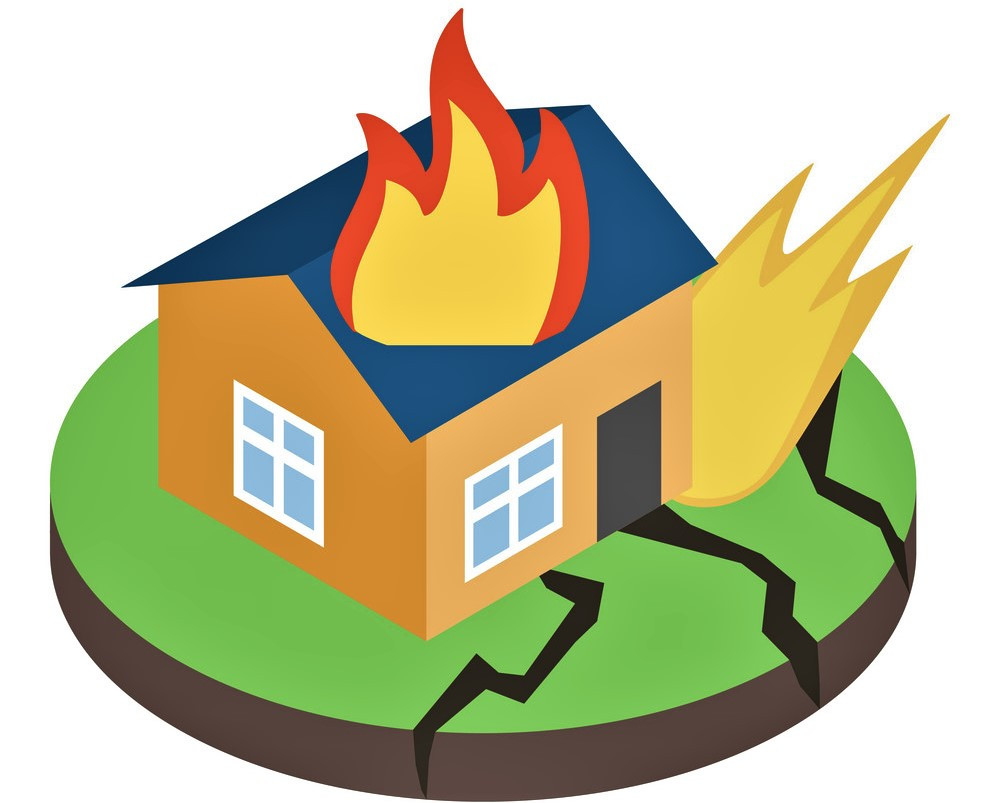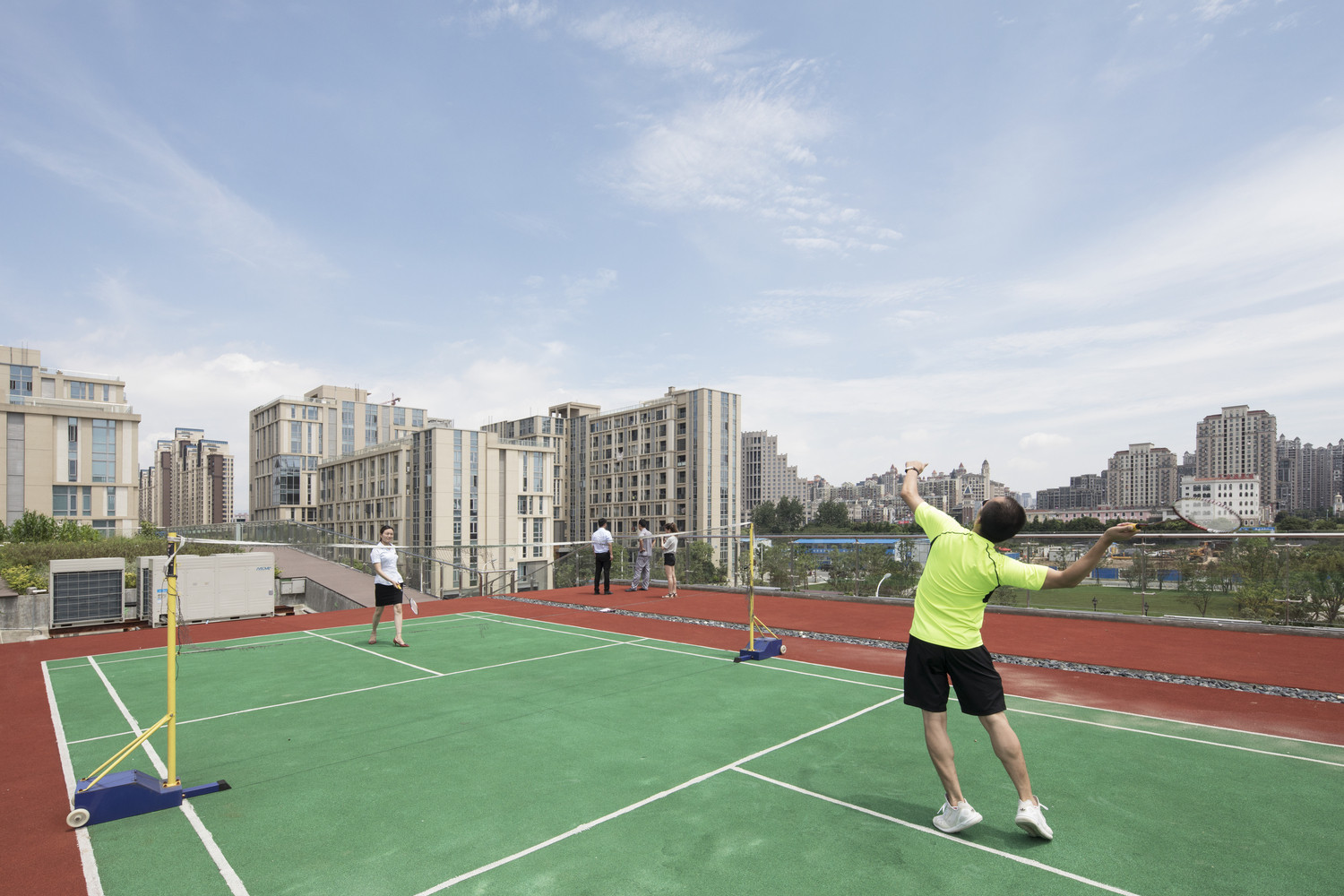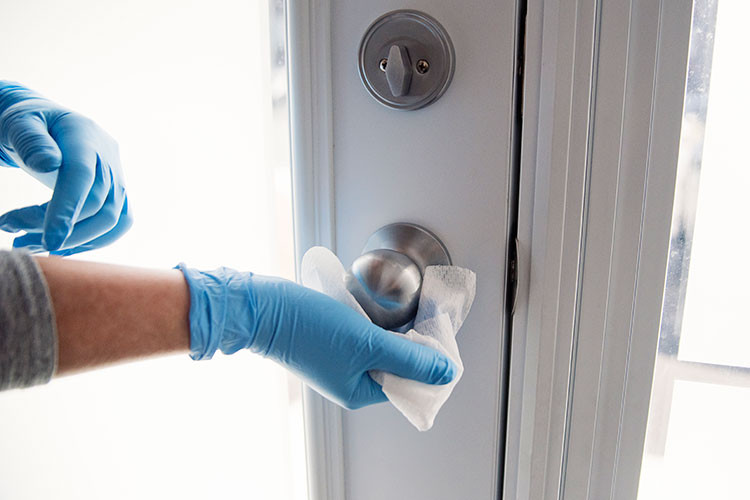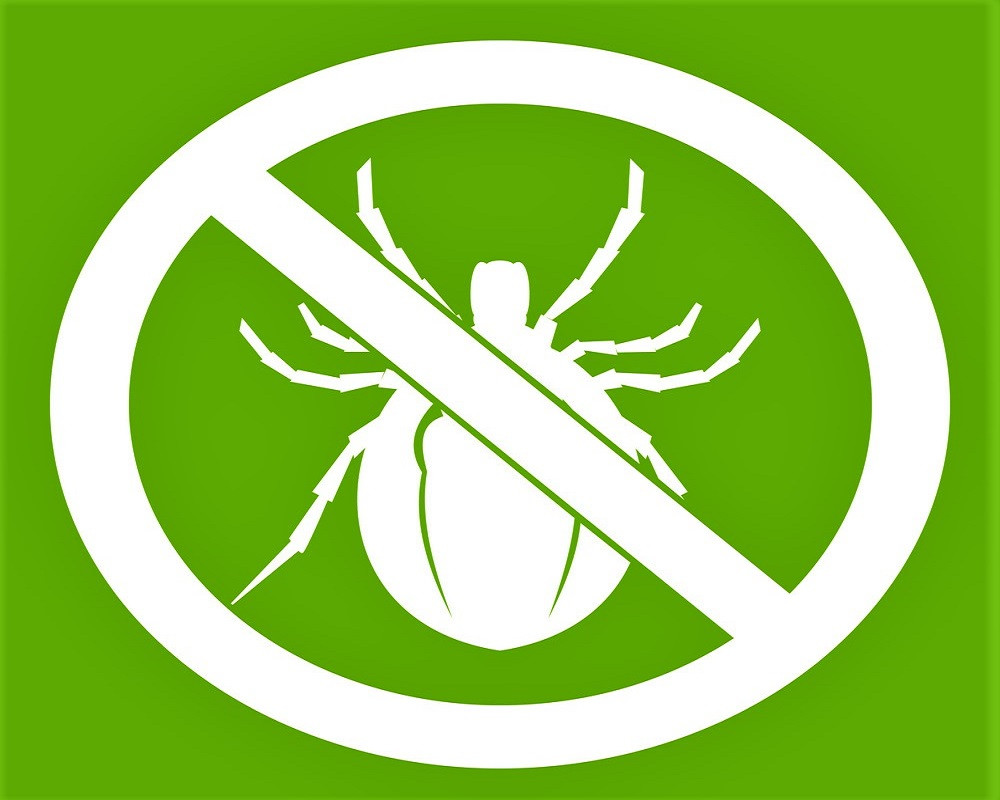6 Minute Read
Earthquake and Fire Hazard – If you live in a high-rise
apartment, these are the two things that might make you suffer horrifyingly in
an ‘all of a sudden’ manner unlike other natural or man-made disasters. So, without
further wasting time on their mode of devastation and whatnot, let’s jump right
in to figure out how to steer clear of survive these devastation in the
first place:
Earthquakes
Preparation
§ Plan where in your
apartment you will take cover first for your safety during an earthquake. This
is necessary because you might not get the chance of thinking this during a
quake.
§ Have an emergency kit
which consists of first-aid-kit, battery operated torch, battery operated
radio, knife and so on. Keep this kit near your safety spot.
§ Install chandeliers
and other hanging objects only over areas where people pass through (hallways
and foyers) and not where people stay within the apartment most of the time
(living room, kitchen or over the beds).
§ Secure bookshelves and
cabinets to the wall to avoid them and their heavy contents from falling over
during an earthquake. Taking some time to invest on this might save your life.
§ Check the items around your bed; there might be books overhead or wall frames that you can move to other places and lampshades to secure to keep them from falling over your head while you sleep.
§ Make sure that the
furniture you are buying have enough space under them for you to hide under
them during an earthquake.
§ I know it is stupid,
but keep a small stock of canned food supply, nothing heavy, on the part of
your apartment where you might choose to shelter yourself during a quake. Canned
goods, like ready-to-eat canned meats, fruits and vegetables can
last indefinitely as long as they aren’t leaking or bulging. This is
an advice worthy of taking especially if you live in an earthquake-ridden
region or a country.
Execution
§ Duck under a sturdy
table or other furniture with strong frame. Do not immediately run outside or to other rooms during shaking
looking for safer grounds: The area near the exterior walls of a building is the most dangerous place to be. Windows,
facades and architectural details are often the first parts of the building to
collapse.
§ Avoid staying near any power supply outlet. In
case if and only if you are near the Main Switch/Circuit Breaker
panel or you can reach there quickly, shut it down at once. You don’t want any
shock or surge from any broken line debris after the damage your apartment might
endure. Perform the same for your gas connection as well; you don’t want a fire
hazard over this. Nobody deserves a double whammy.
§
If there’s nothing to
use as cover, drop down and cover your head with your hands.
§ Stay away from the windows that might shatter. But stay near the windows with iron grill to get air circulation if you are stuck.
§
Steer clear from door
frame and pillar. Don’t stay close to them.
§ Don’t do a ‘Triangle
of Life’: It is a wrong move to perform under false assumptions. Staying beside a furniture, what this method says will not save you but having
yourself cover under it as ‘Drop, Cover and Hold On’ says might.
§ Don’t go up or down
using stairs/staircase and don’t even bother with an elevator. Even if the
former doesn’t kill you, the latter will.
§ Don’t go to the roof thinking building might collapse vertically;
you don’t know that, nobody does.
§ Do not move around without proper footwear. The chances of being
injured due to debris or broken glasses is quite high.
Afterquakesmath
§
Do not walk around
barefooted to avoid stepping on broken glass and other sharp fragments.
§
If you are stuck
inside a debris, try to be stressed as less as possible. You want to conserve your
body energy to be alert when service workers are trying to get you out.
§
Expect the aftershocks; they might be just as violent as the
earthquake itself. So, be alert!
§ Get everyone out of
the apartment and onto areas that are nowhere near electric and lamp posts as
well as trees and keep them there until after the apartment’s structure and any
gas, water and electrical lines have been inspected and cleared from any damages.
Fire
Preparation
¨ Know the fire safety
plan within your building. A copy of the plan should be posted behind every
front door of every unit or given to every new owner or resident of the
apartment.
¨ Make sure that the fire exits are unobstructed, self-closing and
are working well. They should not be used as storage for garbage bins, bicycles
and other items.
¨
Ensure the smoke alarms and fire extinguishers in your unit are
working properly.
¨ Check the alarms for
working batteries and the extinguishers for chemical or mechanical defects.
¨ Keep a fire safety
kit, which includes smoke masks, goggles and flashlights.
¨ As the apartment ages,
you should check its electrical wirings for frays and cracks.
Execution
¨ Deciding to stay
within your apartment should only be considered if you are living in a
fireproof building and there is fire on the unit above your apartment. However,
if the fire cannot be contained quickly, leave the building immediately.
¨ Hiding within
bathrooms, especially those without windows or openings for escape, is not
always the best option, especially if the fire is fast approaching. Some people
have already been trapped inside thinking that they have adequate water in them
to extinguish the fire. The truth actually is that the fire usually heats up
the water pipes, which can scald a person even before he could use them to put
out the fire.
¨ Staying near windows
can be a good option while you are inside the apartment. This allows air for
breathing if smoke still penetrates through the walls and helps rescuers see
the people who are still inside the building.
¨ If the fire does not
come from below your apartment, open a few inches of the windows to allow air
to come in for breathing.
¨ It is also advisable
to have in hand a cloth or towel to wave outside the window for easy visibility
to rescuers once help for evacuation is needed.
¨ Assuming you don’t
have your goggles and smoke masks with you especially if you have to evacuate
the apartment, you have to be creative; cover your mouth and nose with a wet
cloth or towel to avoid inhaling smoke.
¨ If there is a need to
open a door upon evacuation, check for smoke coming from under the door and
feel the temperature of the knob with the back of your hand before opening. Do
not open the door if there is smoke or if the knob is too warm or hot.
¨ If the door can be
opened, stand behind it when you turn the knob to protect yourself from
unexpected bursts of heat or smoke from the other room or hall. Once this
happens, immediately close the door and find another exit.
¨ Always close all doors
behind you and do not use the elevators during evacuation.
¨ If smoke reaches your
apartment or area of escape, crawl your way towards the safest exit. Smoke
escapes upwards and do not settle down low. This makes the gap between the
level of the smoke and the floor the only breathable space on your way out.
¨ Use a stairway that
shows no signs of smoke. If you can see smoke coming from the stairway, shut
the door and find another one.
Aftermath
¨
Know and follow the
advisories of fire safety experts after the fire has been put out.
¨
Assess the damage done
to your apartment by the smoke, fire or the water that put out the fire.
¨
If the unit is
drenching after extinguishing the fire, start by draining all the water out and
sorting out items that were damaged by either water or smoke.
¨
After sorting out
possessions, clean those that can still be salvaged and throw away all those
that can’t be used anymore.
¨
If smoke has seeped
into your apartment, aerate the unit in sections starting with the common areas
first. Place a fan on high at your front door facing inwards and open one
window to direct smoke particles outside through that window. Do this positive
pressure ventilation for 15 minutes for each area.
¨ After the common areas, position the fan on the doorway of one room and introduce fresh air into the room in the same way you did with the common areas. Close this room after flushing out the smoke and proceed with the other rooms.
Improvements in safety
building regulations and built-in safety features within an apartment don’t necessarily guarantee full-proof
protection. Hence, every homeowner, let alone a tenant, cannot fully rely on what
an apartment has to keep him/her safe. It is one’s knowledge and instant
respond (and sheer luck sometimes) that really matters to the survival against
these ‘out of the blue’ disasters.













0 Comments
No comments yet